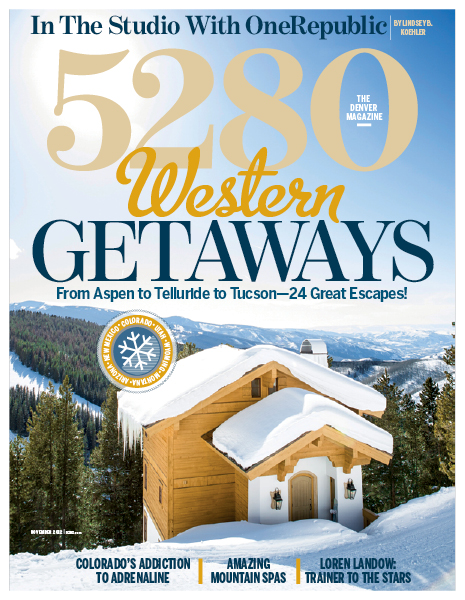The Local newsletter is your free, daily guide to life in Colorado. For locals, by locals.
When did you start drinking coffee?
Probably when I was working for my brother. I never drank much till high school. In my brother’s cart it was Kenya AA, which is a very broad characterization of a certain class of Kenya coffees, with cream and sugar.
So how did you get interested in the intricacies of coffee?
We went to Whole Foods and bought four different coffees and kind of read through “Coffee Cupping Basics” or something; how to cup coffees.
One of those yellow books? Coffee for Dummies?
Essentially. [Laughs.] That was kind of our introduction. From the beginning it was just about buying coffees that we loved. We weren’t going to buy based on price or origin or what somebody wrote.
What was the Denver coffee scene like when you first opened 10 years ago?
It was a lot different; there were a couple of roasters that were buying good coffees, in our opinion. The number of shops that were doing a good job was low. The level of quality of coffee in restaurants was pretty low.
How did you guys get started?
Our first lease was in Lakewood, a little warehouse condo; I think it was 1,000 square feet. One of the first weeks we were there, one of the neighbors came over and we introduced ourselves, told them what we would be doing, and asked, “Do you think this is going to bother anybody?” He’s like, “No, do you know what they do over there?” There was a crematorium about 20 yards away. Long story short, we were able to get out of the lease. There were complaints about ash falling on people’s lawns.
Does political turmoil in Central America affect the coffee industry?
Oh, for sure. I mean, in El Salvador, when the coffee price—coffee is traded on the New York Board of Trade—goes way up, coffee becomes that much more valuable. There are gangs and guns that are a huge problem. A trucker driving 20,000 pounds of green coffee on the way to the port is a pretty easy target. That coffee was worth $25,000; now it’s worth $75,000. And it’s hard to trace.
What do you tell people who enjoy coffee but don’t know much about it?
Just realizing how different coffees can taste is the first step. And then, if the interest is there, it’s just kind of an endless progression. It’s not a commodity. There’s a lot more nuance to it.
5280.com Exclusive: More with Jake Brodsky
Do you travel overseas to buy coffee?
I didn’t start traveling for coffee until a couple years ago. Although, on our first trip—Joe and I went before we had the business—we went to Costa Rica because we wanted to see coffee’s origin; we wanted to see where it’s grown. Randomly, when we were walking one of the highways, we decided to hitchhike. The guy that picked us up, [we said to him] “You know we’re starting our own roasting company in the U.S.” He’s like, “I have a coffee farm; I’m going there now.” He took us to his farm. It was a great, kind of random experience.
What kind of quantities do you buy coffee in?
The smallest is 200 pounds at once. Traditionally, they’re 60-kilo bags, so 132 pounds. With our big producers, it’s a container, which is 250 of those 132-pound bags—about 32,000 pounds.
That sounds like a lot, but you’re still classified as a small roasting operation, right?
Yeah, some of the companies we see as peers in terms of the quality of coffee they buy are maybe 20 times our size.









